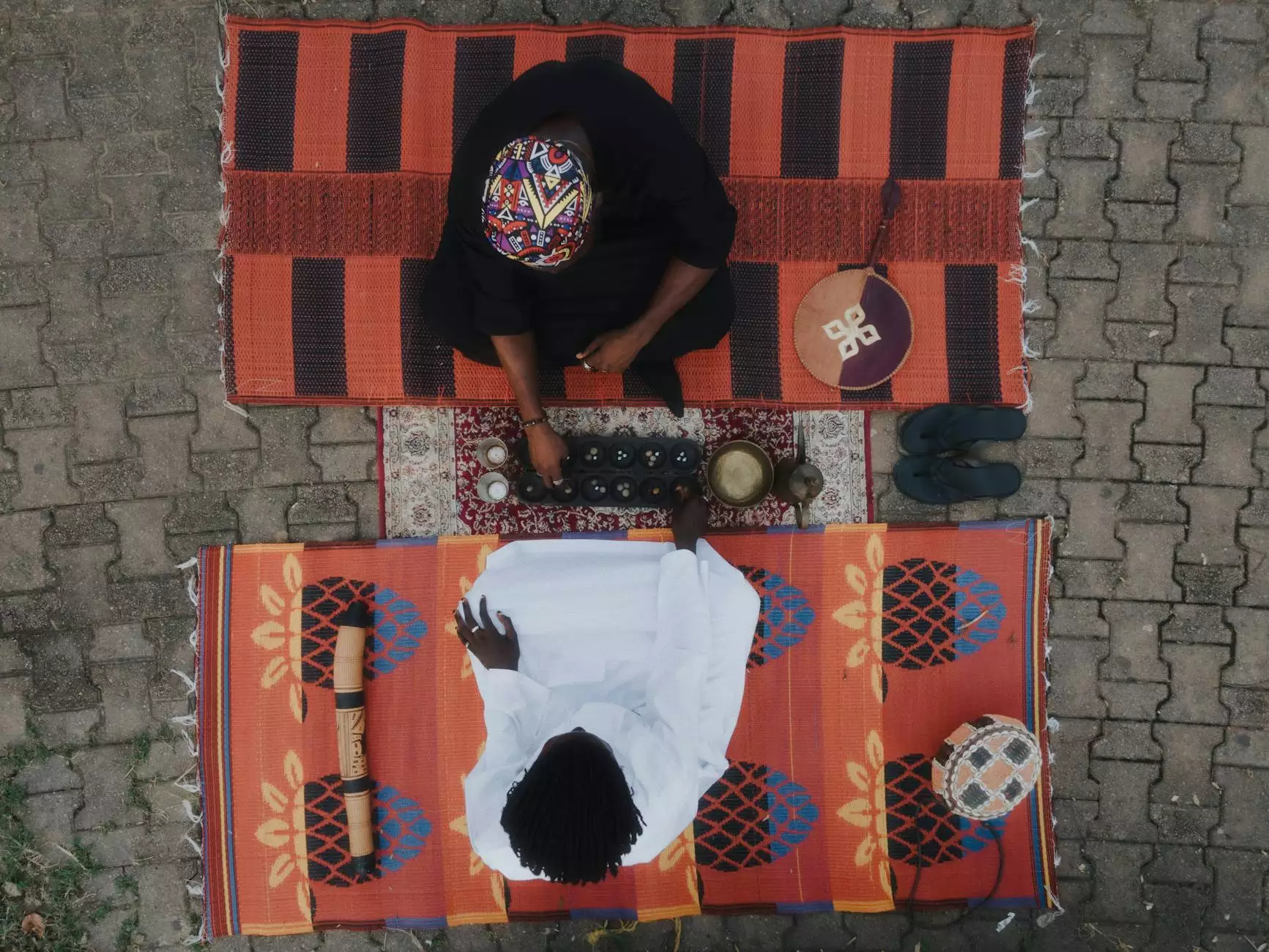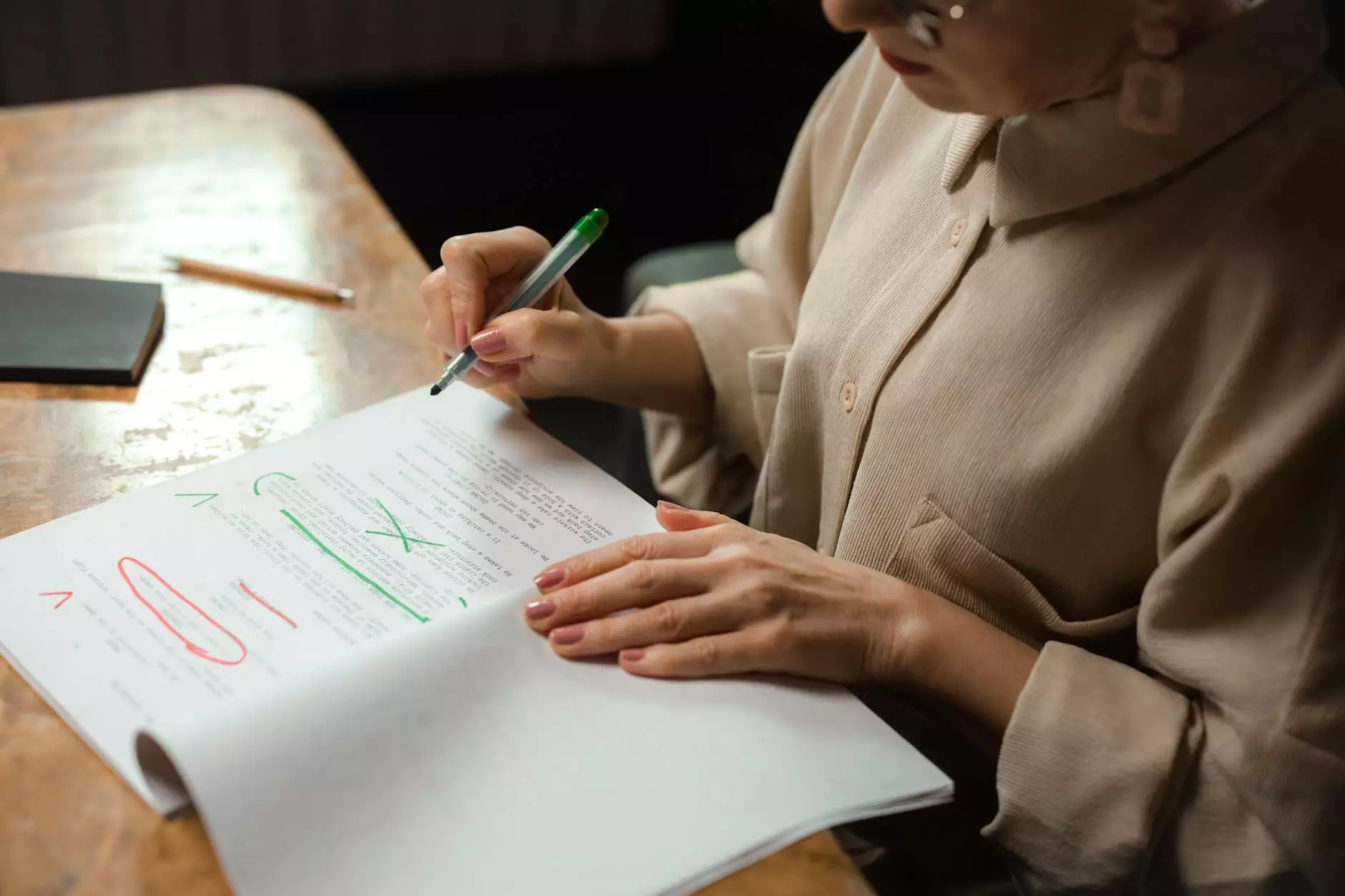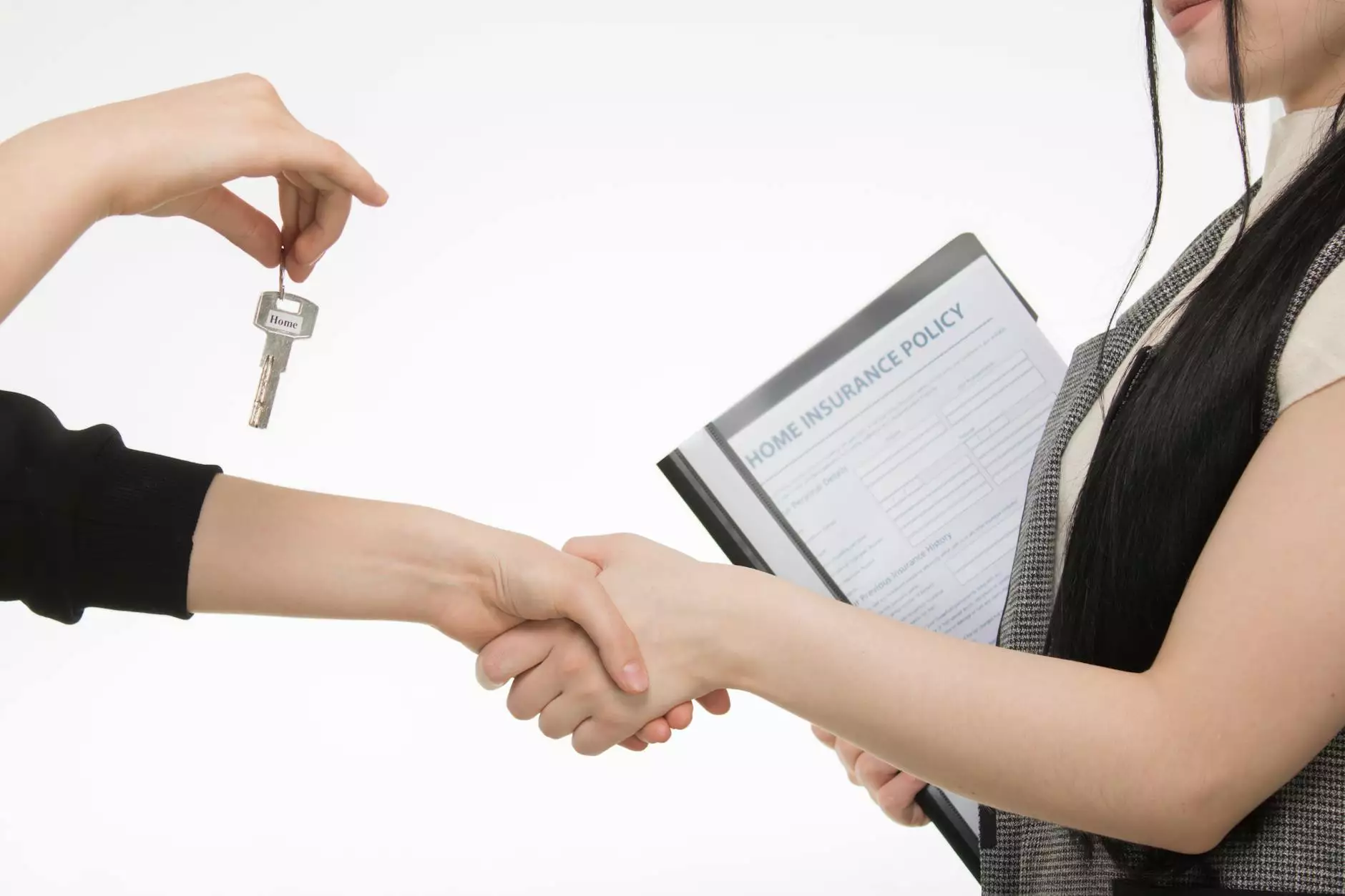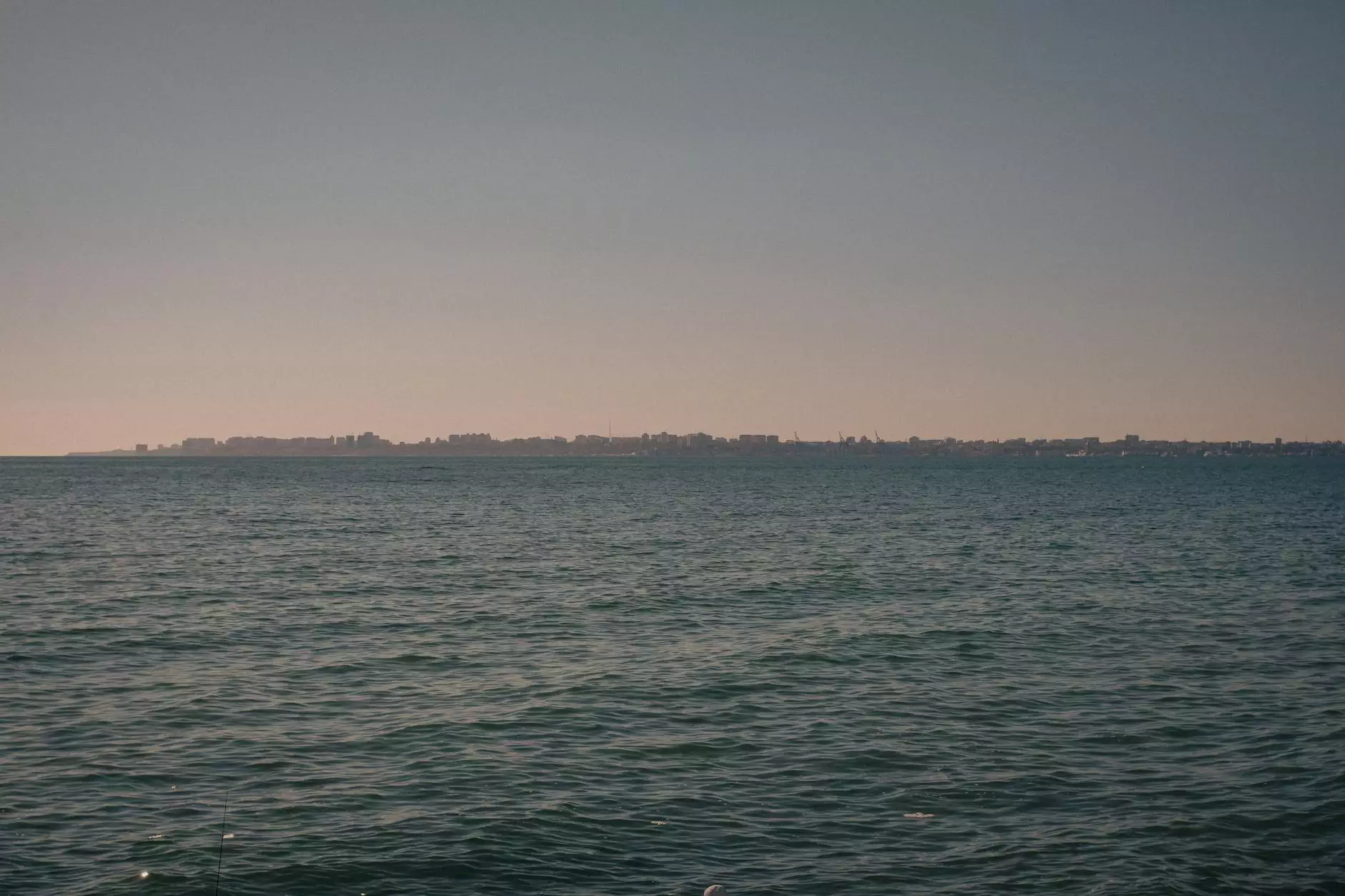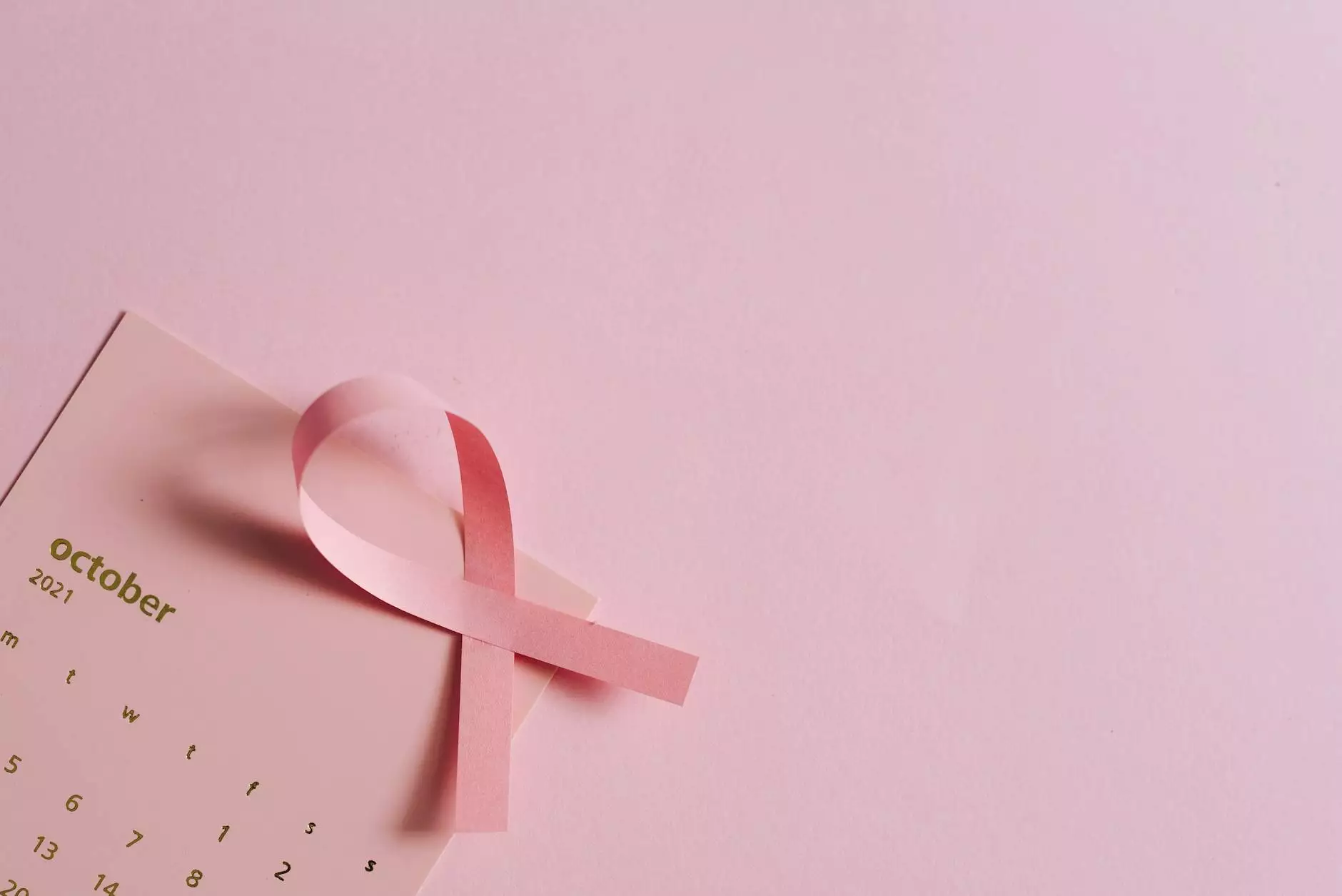Postnatal Pilates for Diastasis Recti: A Comprehensive Guide
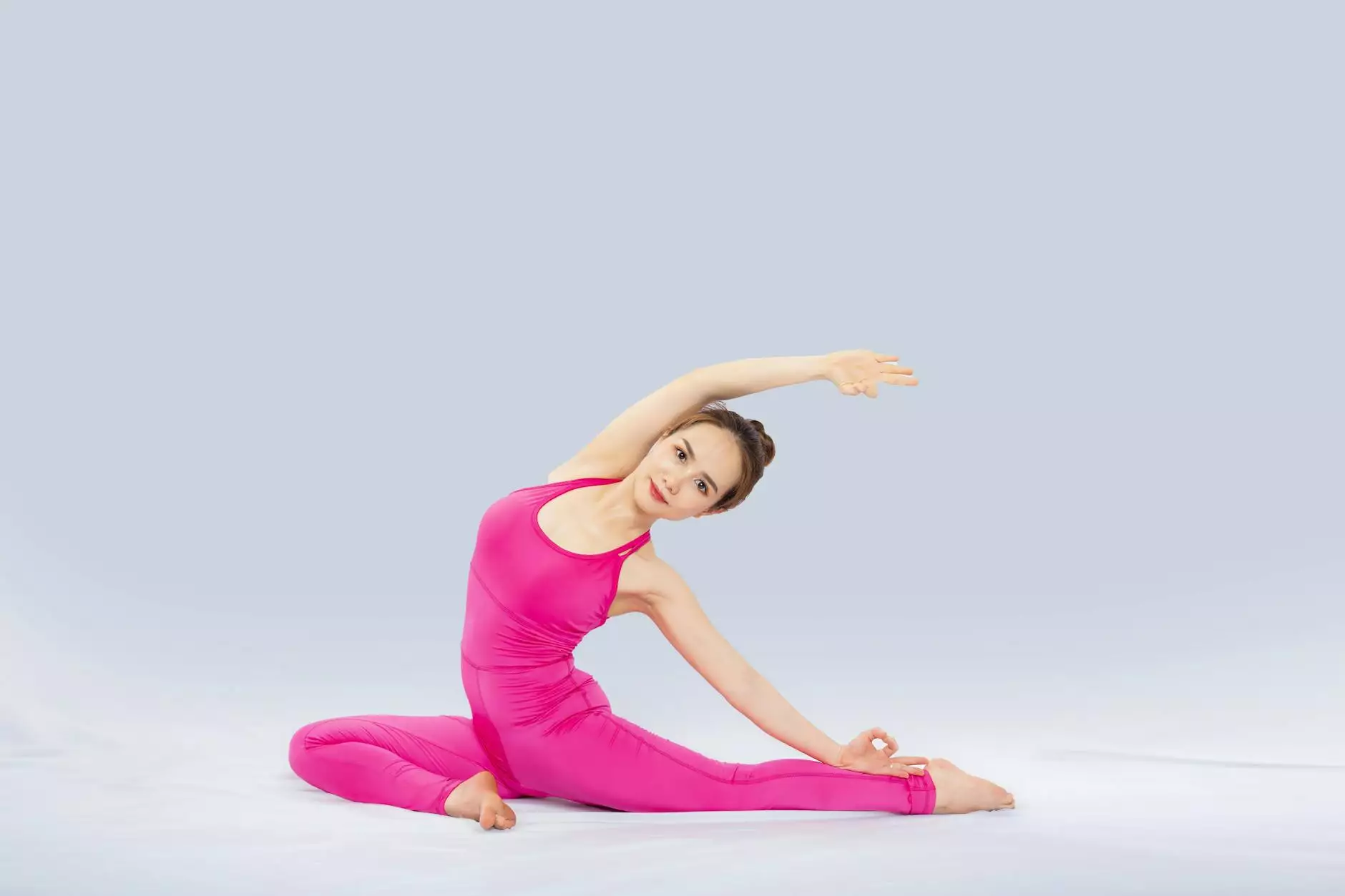
Diastasis recti is a common condition affecting many women after childbirth, characterized by the separation of the abdominal muscles. This condition can lead to various issues, including back pain, poor posture, and an inability to perform basic movements confidently. One effective way to address this issue is through postnatal Pilates, a tailored exercise regimen that promotes core strength and stability.
Understanding Diastasis Recti
Diastasis recti occurs when the rectus abdominis muscles—commonly referred to as the "six-pack" muscles—separate along the midline due to the stretching of the abdominal wall during pregnancy. This separation can be exacerbated by factors such as:
- Multiple pregnancies: Each subsequent pregnancy increases the risk.
- Large babies: Carrying a larger fetus can place more strain on the abdominal muscles.
- Obesity: Extra weight in the abdominal area can contribute to separation.
The result can be a protruding abdomen even after childbirth, which can be distressing for new mothers. Understanding this condition is the first step towards effective recovery.
Benefits of Postnatal Pilates for Diastasis Recti
Postnatal Pilates offers a range of benefits specifically aimed at helping women recover from diastasis recti:
- Improves Core Strength: Targeted exercises help to strengthen the deep abdominal muscles, which support the spine and pelvis.
- Enhances Posture: Strengthening the core can significantly improve posture, alleviating back pain often experienced by new mothers.
- Promotes Body Awareness: Pilates encourages a mind-body connection, helping women to engage the correct muscles during movements.
- Facilitates Recovery: Gradual and controlled movements aid in the healing process without the risk of exacerbating the condition.
- Builds Confidence: As strength and stability improve, women often feel more confident in their physical capabilities.
Key Principles of Postnatal Pilates
Engaging in Pilates postnatally requires a focus on specific principles tailored to address diastasis recti:
1. Core Engagement
Learning to activate the transverse abdominis is crucial. This deep abdominal muscle acts like a corset, stabilizing the pelvis and lower back. Exercises such as pelvic tilts and breath work can facilitate this engagement.
2. Controlled Movements
All exercises should be performed with control, ensuring that the abdominal wall is engaged and the spine remains neutral. Avoiding sudden or jerky movements is essential.
3. Low Impact
Postnatal Pilates should be low-impact, focusing on gentle movements that do not place unnecessary stress on the abdominal wall.
Exercises for Diastasis Recti
Here are some effective postnatal Pilates exercises to consider for managing diastasis recti. Remember to consult with a healthcare professional before starting any new exercise regimen:
1. Pelvic Floor Engagement
This exercise enhances awareness of pelvic floor control, which is fundamental for overall core stability.
- Lie on your back with knees bent and feet flat on the floor.
- Inhale deeply, and as you exhale, draw your pelvic floor up as if you are trying to stop the flow of urine.
- Hold for a count of five, then release. Repeat for 10-15 reps.
2. Abdominal Binding
This exercise provides support to the abdominal muscles during the healing process.
- Sit upright with your back against the wall.
- Use a yoga strap or strong band around your waist, ensuring it’s snug but not restrictive.
- Gently engage your core while keeping the band tight. Maintain for 30 seconds before releasing.
3. Cat-Cow Stretch
This exercise promotes spinal flexibility while engaging the core gently.
- Start in a tabletop position on your hands and knees.
- Inhale as you arch your back (cow position), and exhale as you round your back (cat position).
- Repeat 10-15 times with controlled breaths.
4. Bridge Pose
The bridge pose strengthens the glutes and hamstrings while engaging the core.
- Lie on your back with knees bent and feet hip-width apart.
- Press through your heels to lift your pelvis off the floor while engaging your core.
- Hold for five seconds and lower. Repeat for 10-15 reps.
5. Side-laying Leg Lifts
This exercise targets the obliques, helping to bring the abdominal sides back together.
- Lie on your side with your head resting on your arm.
- Keep the bottom leg bent for support while lifting the top leg upward.
- Lower back to start. Repeat for 10-15 reps on each side.
Tips for Success with Postnatal Pilates
To maximize your postnatal Pilates experience and support the recovery from diastasis recti, consider the following tips:
- Consult with Professionals: Consider working with a physiotherapist or certified Pilates instructor specialized in postnatal care.
- Be Patient: Recovery takes time. Focus on progress rather than perfection.
- Listen to Your Body: Always be aware of how your body feels during exercises. If something doesn’t feel right, stop.
- Consistency is Key: Regular practice will yield the best results. Aim for at least 2-3 sessions per week.
- Stay Hydrated: Ensure you are well-hydrated to facilitate recovery and physical performance.
The Importance of Nutrition in Recovery
A well-rounded approach to recovery includes nutrition as a vital component. Proper nutrition aids muscle repair and gives you the energy needed for exercise. Consider incorporating the following into your diet:
- Lean Proteins: Chicken, fish, tofu, and legumes aid in muscle repair.
- Healthy Fats: Avocados, nuts, and seeds provide essential fatty acids critical for hormonal balance.
- Whole Grains: Brown rice, quinoa, and oats offer sustained energy.
- Fruits and Vegetables: They are rich in vitamins and antioxidants, essential for overall health.
Final Thoughts
Engaging in postnatal Pilates for diastasis recti is not just about physical recovery; it's a journey towards reclaiming confidence, body awareness, and overall health. By following a structured program and seeking the right guidance, you can effectively manage diastasis recti, build strength, and enhance your quality of life. Always remember to take it one step at a time, embracing the process as much as the outcome.
Explore More at Hello Physio
For more information on postnatal care, sports medicine, and physical therapy, visit Hello Physio. Our expert team is dedicated to providing personalized treatment and support to help you on your journey to recovery and wellness.
Together, let's build a stronger, healthier future for new mothers everywhere.
postnatal pilates diastasis recti